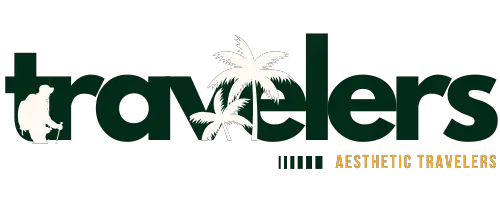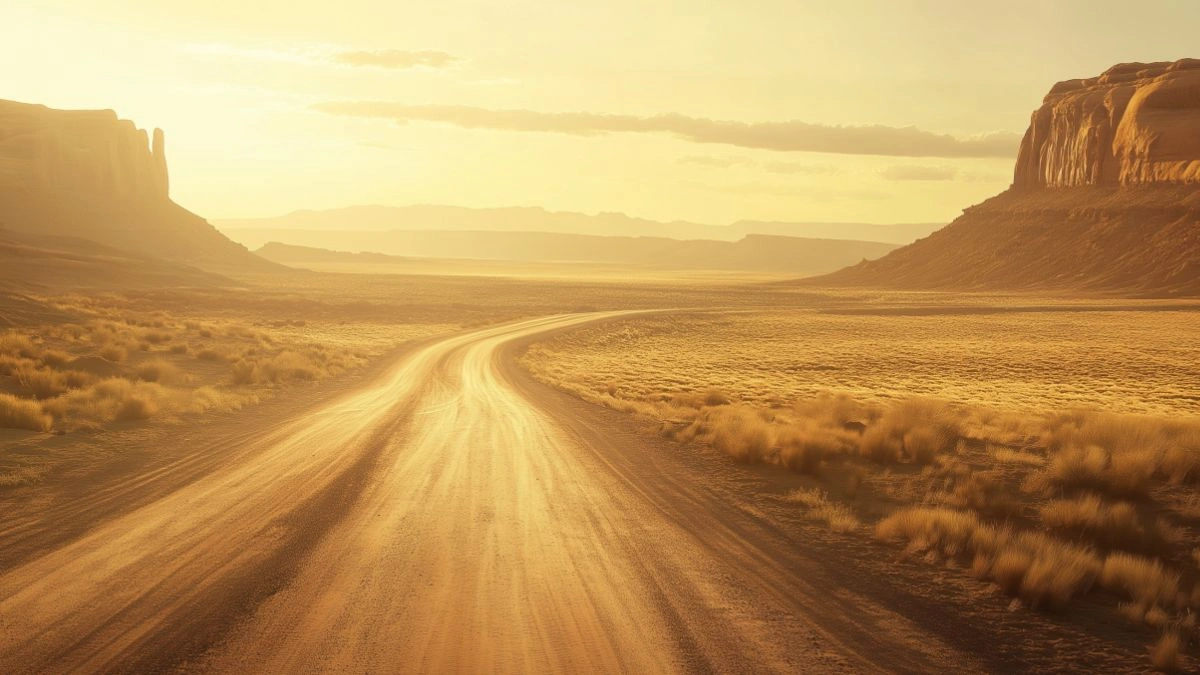Experience the Magic of Desert Vibes: Top Road Trip Routes
Table of Contents
There’s something soul-stirring about the desert—the way golden light dances on endless sandscapes, how rugged cliffs rise like ancient monuments, and how silence fills the air with quiet awe. Desert road trips offer more than just a change of scenery. They invite transformation. Whether you’re driving through Utah’s red rock canyons or cruising Arizona’s sun-bleached highways, the journey is as breathtaking as the destination.
Desert road trips are gaining popularity, with over 2 million travelers exploring routes through the American Southwest annually. For first-timers and seasoned explorers alike, choosing the right route can elevate your entire experience. From iconic national parks to off-the-beaten-path detours, the desert serves up adventure with a warm breeze and a golden horizon.
In this guide, you’ll discover the top desert road trip routes, what to pack, when to go, where to stop, and how to make the most of your adventure. Get ready to embrace the magic of desert vibes and uncover the dramatic beauty that only wide-open spaces can offer.
Route 1: Arizona’s Monument Valley Scenic Drive
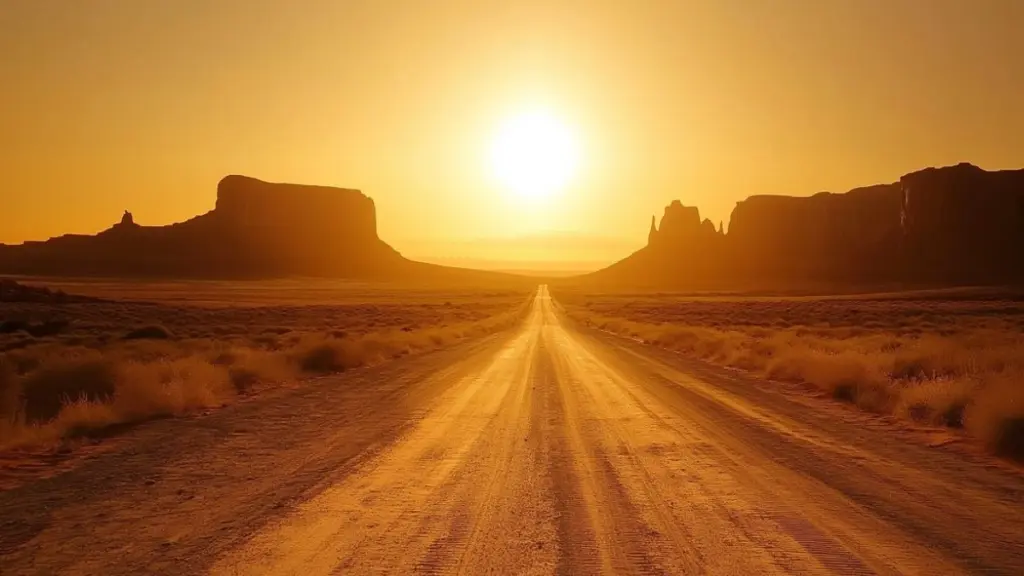
Monument Valley is a dream for desert lovers and one of the most iconic road trip routes in the American Southwest. Straddling the Arizona-Utah border, this area showcases towering sandstone buttes rising dramatically from the desert floor.
The 17-mile Valley Drive is unpaved but manageable for most vehicles (weather permitting) and allows you to explore viewpoints like The Mittens, Totem Pole, and John Ford’s Point. Expect dusty roads, jaw-dropping backdrops, and a feeling that you’ve stepped into a classic Western film.
While the route can be driven in a couple of hours, it’s best to allow time to stop at scenic lookouts and Navajo artisan stands. Photography is incredible at sunrise and sunset, when shadows stretch long and the rock formations glow.
Table: Monument Valley Scenic Drive Highlights
| Highlight | Description | Tip |
|---|---|---|
| The Mittens | Twin buttes resembling hand shapes | Best viewed at sunrise |
| John Ford’s Point | Named after film director | Great photo stop |
| Totem Pole | Slim sandstone spire | Visible from main route |
Route 2: California’s Death Valley Loop
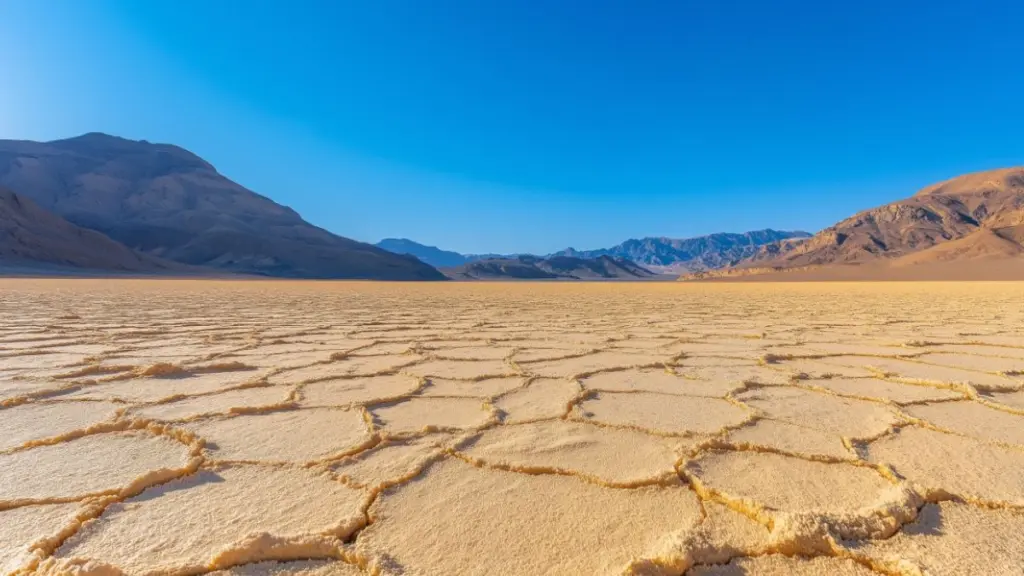
Death Valley might sound intimidating, but it offers one of the most surreal desert landscapes in the world. From salt flats to sand dunes and colorful badlands, this route is about contrasts—hot and cold, high and low, life and stillness.
Start at Furnace Creek, then drive the 30-mile loop including Zabriskie Point, Dante’s View, Badwater Basin, and Artist’s Drive. Each stop offers a dramatically different environment, all within a few hours of driving.
It’s best visited in the cooler months (October to April), as summer temperatures can exceed 120°F. Bring extra water, shade, and supplies—this is remote terrain with few amenities.
Table: Death Valley Drive Itinerary
| Stop | What You’ll See | Ideal Time to Visit |
|---|---|---|
| Zabriskie Point | Golden badlands | Sunrise |
| Badwater Basin | Lowest point in North America | Early morning or sunset |
| Artist’s Palette | Multicolored rock formations | Late afternoon |
Route 3: Utah’s Scenic Byway 12
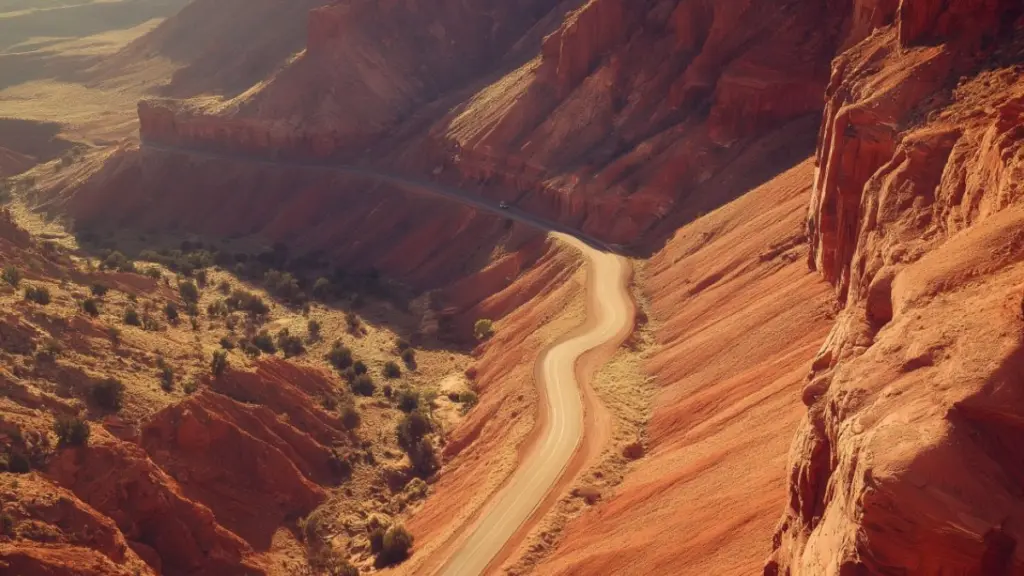
Often called one of America’s most beautiful drives, Scenic Byway 12 stretches 122 miles from Capitol Reef National Park to Bryce Canyon, cutting through the heart of Utah’s red rock country.
What makes this route magical is the changing desert landscape—from the towering sandstone cliffs of Grand Staircase-Escalante to the forested plateaus of Boulder Mountain. The route includes high elevations, slot canyons, and wide open desert—offering a new view at every turn.
Stop at Calf Creek Falls for a refreshing desert hike to a hidden waterfall, or explore the Escalante Canyons. Bryce Canyon’s hoodoos cap off the trip with a dramatic finale of pink spires rising from the earth.
Table: Scenic Byway 12 Road Trip Planner
| Location | Distance from Previous Stop | Main Attraction |
|---|---|---|
| Torrey | Start point | Capitol Reef National Park |
| Boulder | 37 miles | Scenic overlooks, forested ridges |
| Escalante | 27 miles | Slot canyons, Calf Creek Falls |
| Bryce Canyon | 60 miles | Hoodoos and stargazing |
This route is ideal in spring or fall, when temperatures are mild and the skies are clear. Camping, photography, and hiking opportunities abound—so plan for at least two days to take it all in.
Route 4: Nevada’s Extraterrestrial Highway
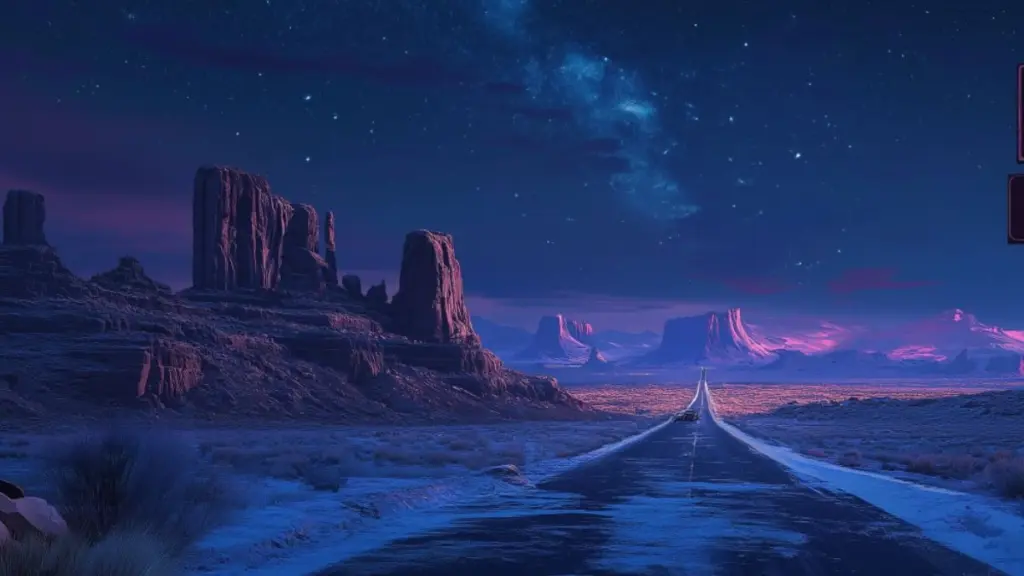
If you want to mix desert magic with a dash of mystery, Nevada’s Highway 375—also known as the Extraterrestrial Highway—is an offbeat gem. This remote stretch of road near Area 51 is surrounded by arid beauty and UFO lore.
Starting near the town of Crystal Springs, the drive passes through the Mojave Desert, with quirky stops like the Little A’Le’Inn in Rachel and the Black Mailbox (a popular alien-themed stop). While the area is vast and quiet, the expansive desert views and isolation make it feel otherworldly.
Ideal for travelers looking for something different, this route is best tackled with a full tank, extra water, and an open mind.
Table: Extraterrestrial Highway Attractions
| Stop | Feature | Tip |
|---|---|---|
| Rachel, Nevada | Quirky UFO-themed town | Try the Alien Burger |
| Black Mailbox Site | Notorious desert landmark | Bring a camera and leave a note |
| Tikaboo Peak Trailhead | Closest legal view of Area 51 | Only for prepared hikers |
Route 5: New Mexico’s High Desert Enchantment
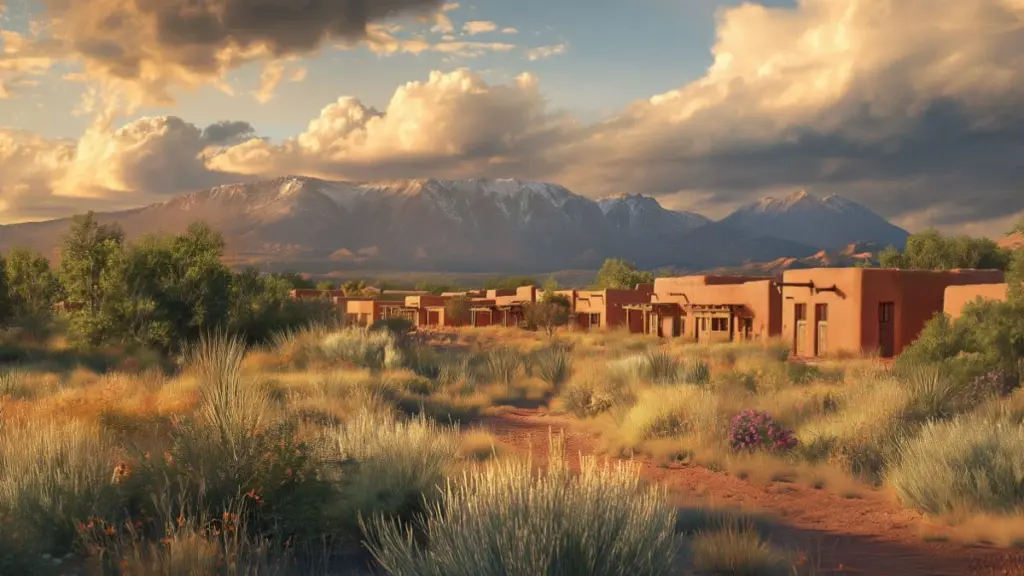
New Mexico’s high desert blends art, culture, and stunning scenery into one road trip. Begin in Santa Fe and drive north through Ghost Ranch and Abiquiú, eventually reaching Taos and the Rio Grande Gorge.
This route isn’t just about nature—it’s about soul. You’ll pass adobe villages, red rock cliffs, and historic chapels. Georgia O’Keeffe’s landscapes come alive here, with many of her paintings rooted in the scenery you’ll see.
Enjoy hot springs, high desert trails, and artists’ colonies along the way. Spring and autumn are perfect seasons for this culturally rich journey.
Table: New Mexico High Desert Highlights
| Stop | Attraction | Cultural Note |
|---|---|---|
| Santa Fe | Historic adobe town | Art galleries and Native heritage |
| Ghost Ranch | Red cliffs and O’Keeffe history | Guided landscape tours available |
| Taos Pueblo | UNESCO World Heritage site | Still inhabited by Native community |
What to Pack for a Desert Road Trip
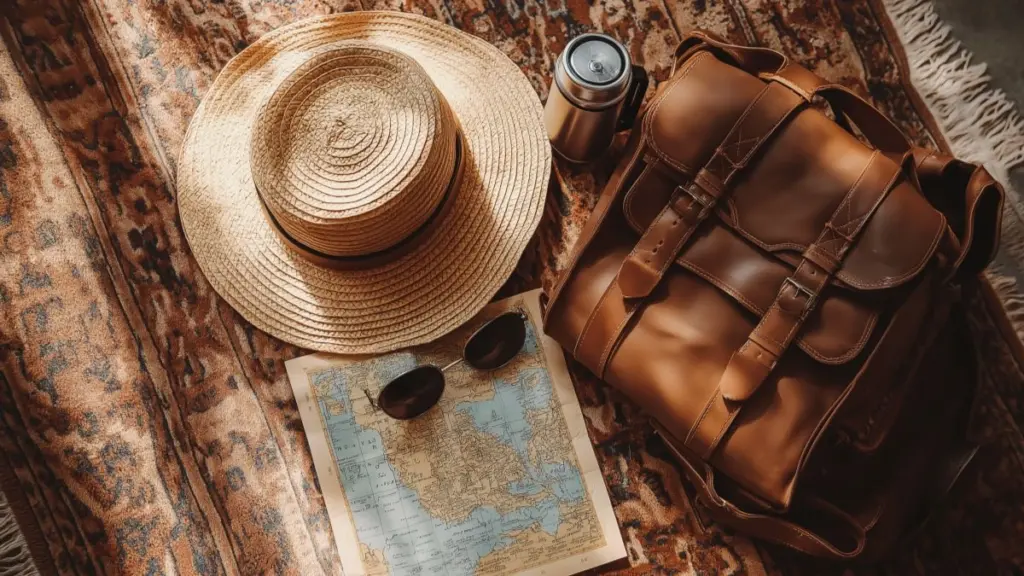
Desert environments are as unforgiving as they are beautiful. Being prepared is not just smart—it’s essential. Temperatures swing from hot during the day to freezing at night, and services can be sparse.
Layers are your best friend: pack lightweight clothing for the heat, and a warm jacket for mornings and nights. Sunscreen, a wide-brim hat, and reusable water bottles are must-haves.
Snacks, emergency tools, and a detailed map (not just a GPS) will come in handy—especially on remote routes. Consider a cooler for fresh food, and always bring more water than you think you’ll need.
Table: Desert Road Trip Essentials
| Item | Purpose |
|---|---|
| Sun protection (hat, SPF) | Prevent sunburn in high UV environments |
| Refillable water jugs | Hydration is critical in dry climates |
| Paper map / offline GPS | Remote areas may lack service |
| First aid kit | Basic care for blisters, scrapes, or bites |
| Blanket or emergency wrap | Cold desert nights |
Conclusion
The desert is full of quiet wonder. It offers more than just incredible views—it invites you to slow down, breathe deeply, and reconnect. Whether you’re marveling at towering red rocks, following alien-themed routes, or soaking in cultural richness, desert road trips offer a journey as profound as the scenery itself.
With the right route, preparation, and spirit of exploration, you’ll discover that the magic of desert vibes stays with you long after the trip ends. Let the road unwind ahead of you and let the desert guide your way.
